Riken Yamamoto, recipient of the 2024 Pritzker Prize, joins a select group of Japanese architects who have redefined modern architecture. His holistic approach, which integrates architecture with nature and community, is reflected in works such as the Kanazawa Public Library and the House of Music in Stavanger.
Japanese architecture has left an indelible mark on the global landscape, fusing tradition and modernity in a unique and visionary way. Preceding Riken Yamamoto, 5 other talented architects have transformed the face of contemporary architecture with their innovative ingenuity and holistic approach. Let’s explore each of these masters below, as well as their most outstanding projects.
Tadao Ando
Tadao Ando, born in Osaka in 1941, is widely known for his ability to fuse light, space and concrete in a sublime way. He won the Pritzker Prize in 1995 for his outstanding contribution to the field of architecture. Two of his most notable projects are:
1. Church of the Light (Ibaraki, Osaka):
This masterpiece is a testament to Ando’s ability to work with light and form. The church, built in 1989, features a concrete wall with a cut-out cross in the centre. Light enters the space in a minimalist yet dramatic way, creating a unique spiritual experience for visitors.
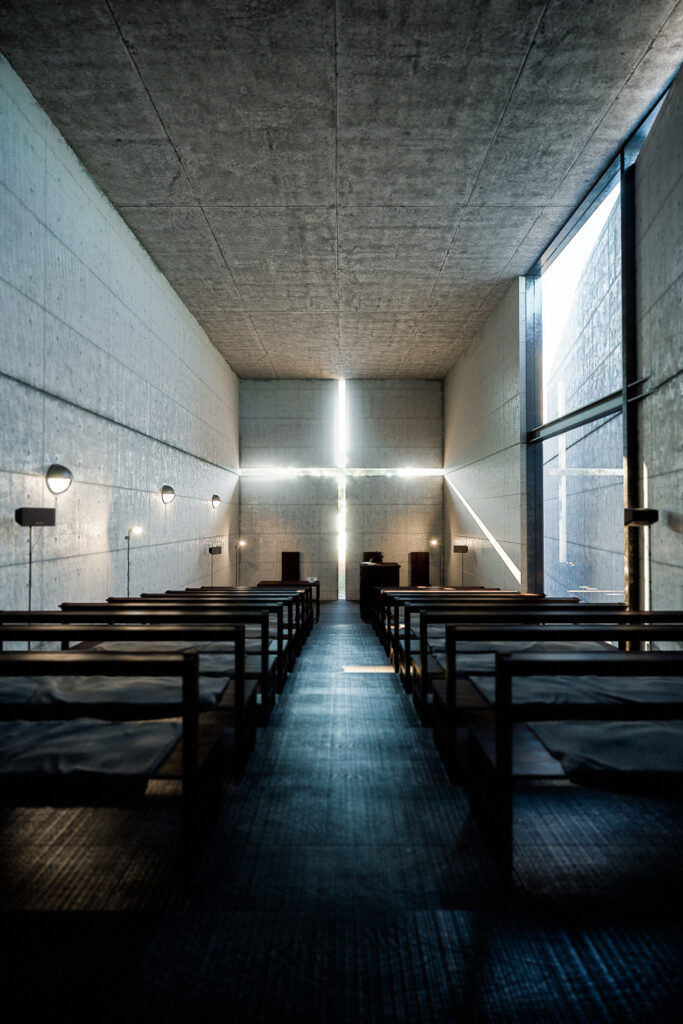
2. Naoshima Contemporary Art Museum (Naoshima):
Ando designed this museum in 1992, incorporating it into the natural landscape of Naoshima Island. Its minimalist design and its integration with the surrounding nature make the contemporary art experience all the more striking.
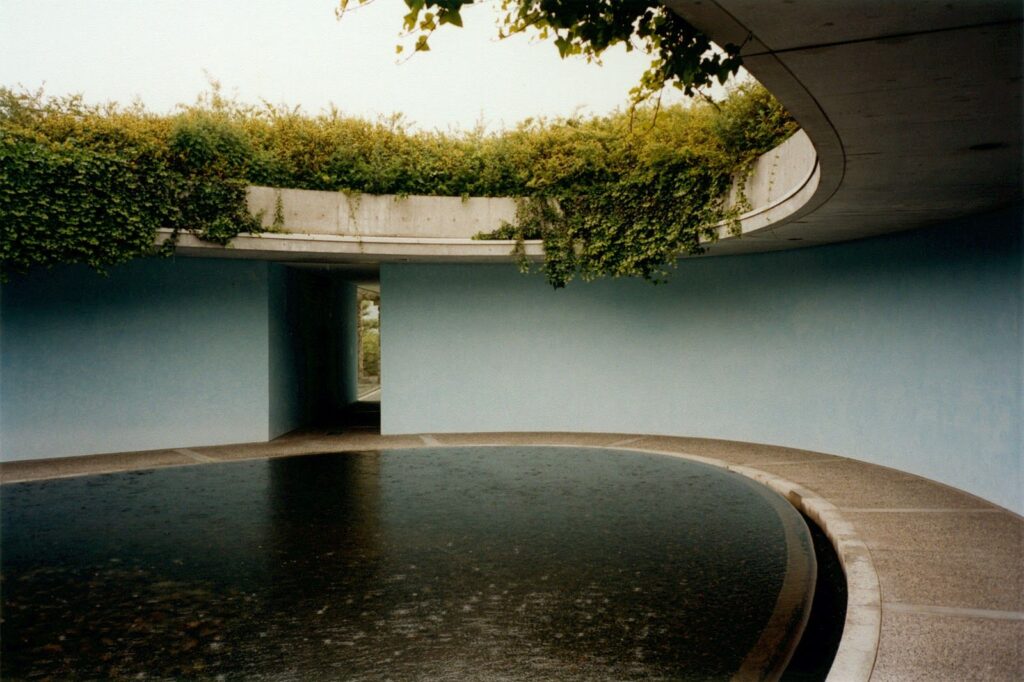
Fumihiko Maki
Born in Tokyo in 1928, Fumihiko Maki is a master of modern architecture and one of the leading exponents of the Japanese Metabolist Movement. He won the Pritzker Prize in 1993. Here are two of his most outstanding works:
1. Tokyo Metropolitan Gymnasium (Tokio):
Built in 1990, this sports complex is an impressive example of Maki’s aesthetic. With its hyperbolic paraboloid roof and innovative use of steel and glass, the gymnasium is an architectural landmark in the bustling city of Tokyo.

2. Hillside Terrace (Tokio):
This residential complex, completed in several stages from the 1960s to the 1990s, is a testament to Maki’s focus on integrating architecture with the urban environment. Stepped terraces and green spaces create a sense of community and connection with nature in the heart of the metropolis.
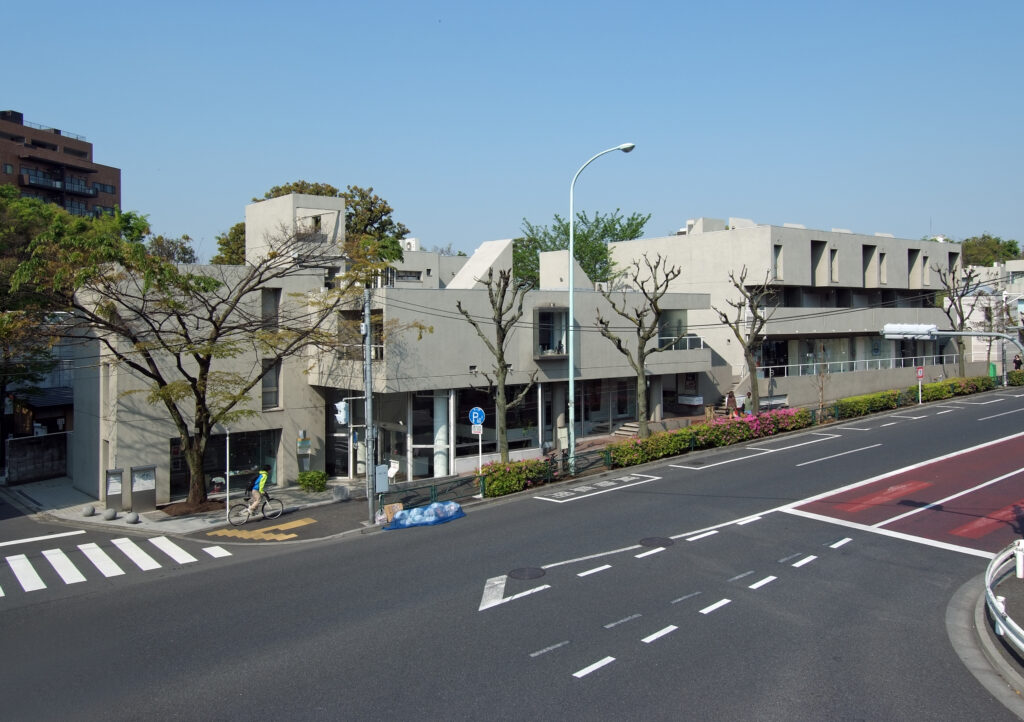
3. Kazuyo Sejima & Ryue Nishizawa (SANAA)
Kazuyo Sejima and Ryue Nishizawa are known for their collaboration under the name SANAA. Sejima was born in 1956 in Ibaraki, while Nishizawa was born in 1966 in Kanagawa. Together, they won the Pritzker Prize in 2010 for their innovative and minimalist approach. Here are two of their most emblematic projects:
1. New Museum (New York):
Completed in 2007, the New Museum quickly became a landmark on the Manhattan skyline. Its contemporary design, with stacked boxes of different sizes and angles, defies architectural conventions and creates a unique space for contemporary art.
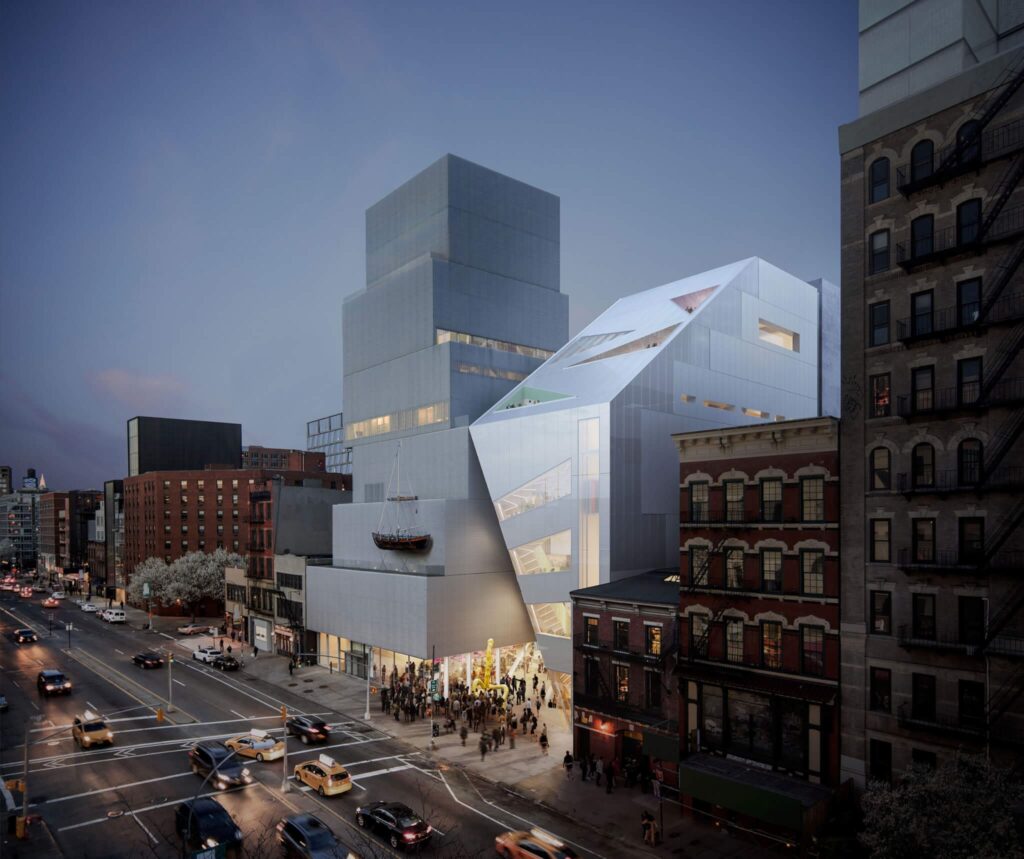
2. Rolex Learning Center (Lausana, Switzerland):
This learning centre, completed in 2010, is an ode to fluidity and light. Its undulating form and innovative use of glass and concrete create a dynamic and welcoming environment for study and interaction.
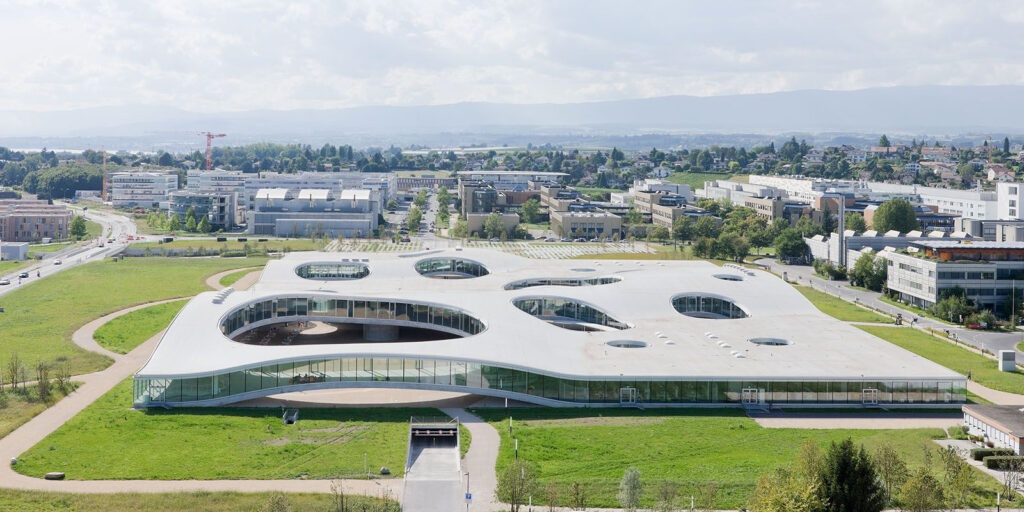
Shigeru Ban
Shigeru Ban, born in Tokyo in 1957, is known for his commitment to sustainable design and his humanitarian approach to architecture. He won the Pritzker Prize in 2014. Here are two notable projects:
1. Japan Pavilion (Hannover, Germany):
This temporary pavilion, built in 2000, is an impressive example of Ban’s innovative approach to materials. Using recycled cardboard tubes, Ban created a surprisingly strong and beautiful structure that captivated visitors with its simplicity and elegance.

2. Centre Pompidou-Metz (Metz, France):
This extension of Paris’ famous museum of modern art, completed in 2010, features a plywood roof in the shape of a Chinese hat, designed by Ban. Its unique design and use of sustainable materials make this structure both a work of art and an architectural achievement.

Conclusion
These five Japanese architects who have also won the Pritzker Prize have left a lasting legacy in the world of architecture, redefining the boundaries of creativity and innovation.
From the purity of Tadao Ando’s concrete to the fluidity of SANAA and the sustainable commitment of Shigeru Ban, each of these masters has helped to enrich our built environment and inspire future generations of architects around the world. Their influence will endure far beyond their individual projects, shaping the way we conceive and inhabit architectural space in the 21st century.

